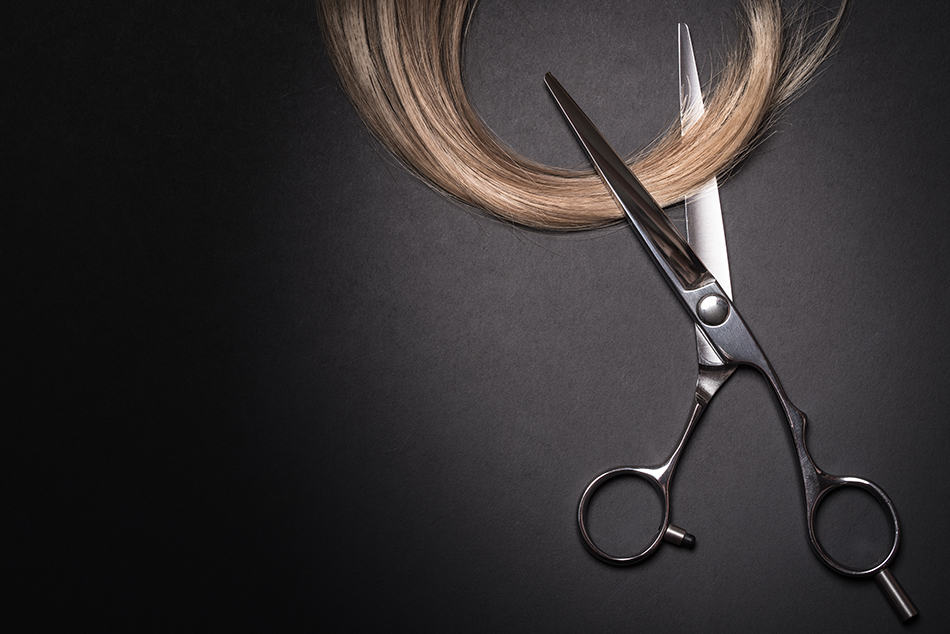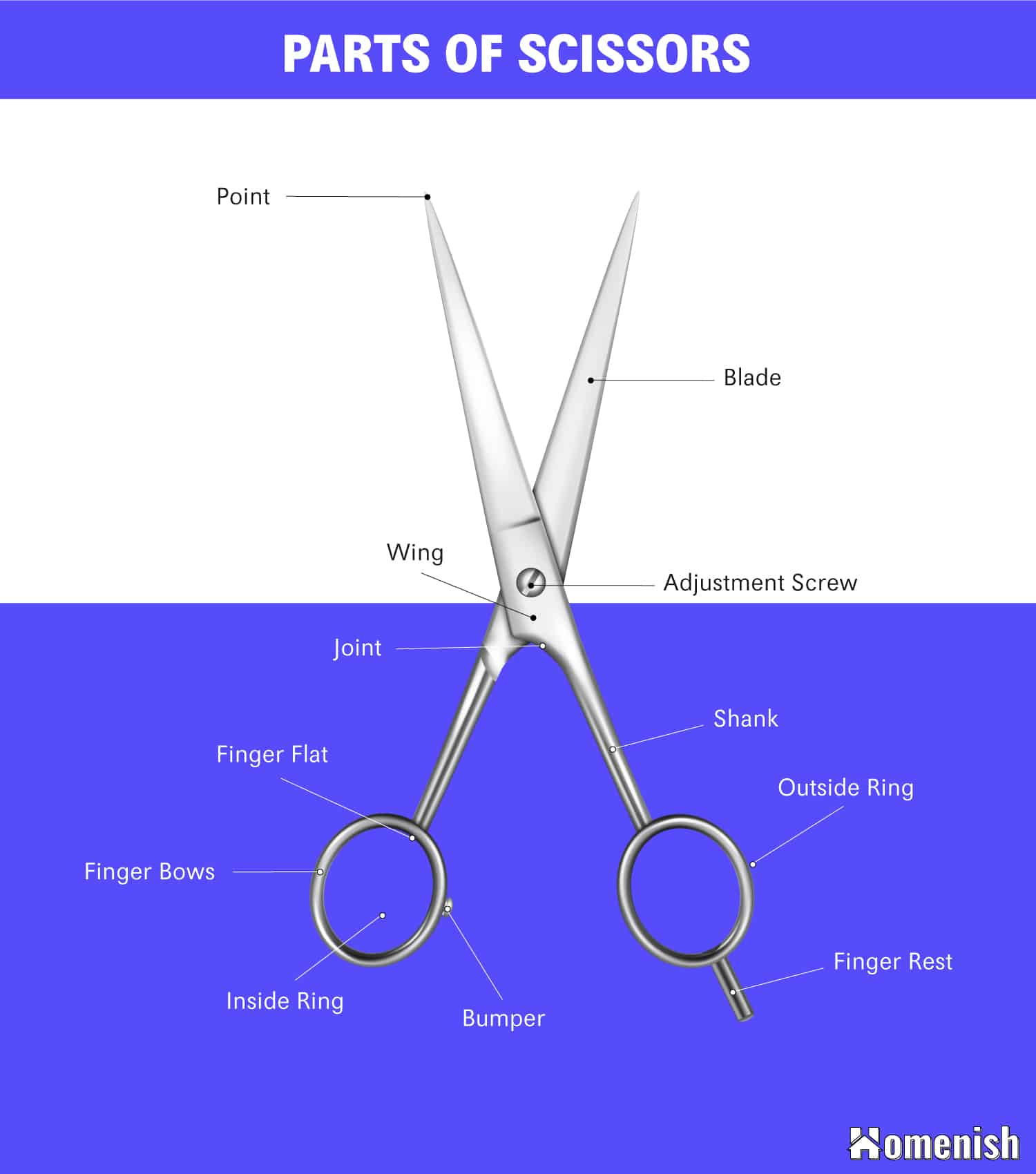Scissors are cutting instruments that many of us are familiar with. As a child, you’ve used a pair of scissors to cut paper. And when you grew up, you had your hair cut with scissors or used a pair of scissors to cut something in the kitchen.
Scissors can be defined or described as hand-operated cutting instruments. It’s believed that the first scissors existed in the Middle East around 4,000 years ago, meaning the instrument first appeared on the face of the planet about 2000 B.C.
Through the years, the scissors have gone through numerous changes and variations in design, but one thing has remained: their ability to cut through different kinds of materials.
Brief History of Scissors
Some quarters believe that the famed Italian artist Leonardo da Vinci invented the scissors. However, this cutting instrument is way older than the famed legend.
The early Mesopotamian civilizations are believed to have used the earliest scissors consisting of two bronze blades. Those blades were connected by a curved and thin bronze strip at the end. When the bronze strip is squeezed, it causes the two blades to come together. To open up the two blades, the user simply releases the strip.
The ancient Romans are believed to have invented the design for what the modern-day scissors would look like. Their scissors looked like shears and could be relied upon to create neat and clean haircuts. The Roman scissors had iron or bronze blades connected at a middle point and between the tips and handles. Scissors of similar designs were also found in China and Korea, suggesting that these tools were traded as far east.
But the modern-day pivoted scissors we know today were first made by an Englishman named Robert Hinchcliffe. Hardening and polishing cast steel, he made a pair of scissors that was lightweight, durable, and efficient. By the turn of the 19th century, scissors were forged by hand. Those tools also featured elaborate designs or decorations and could cut through many materials like hair, embroidery, paper, and cigars.
Parts of Scissors
We often think that an everyday tool or item like a pair of scissors would have a simple construction and that it would have a few parts. But you are in for a surprise when we tell you that scissors are quite complex with a variety of parts.
Scissors meant for cutting hair, for one, have specific terms for its different parts.
Points or Tips
The ends of the blades are called the points or tips.
Finger Bows
The handles are called finger bows. This is where the user inserts his or her fingers. There are two types of finger bows– one is for the thumb, and one is for the other fingers like the forefinger and middle finger.
Blades
The blades have different parts, too.
Backside
The outside part of it is called the backside or the dull edge of the blade.
Edge
The sharp part of the blade is called the edge. The thumb blade is the blade connected to the finger bow for the thumb, while the finger blade is the one that’s linked to the finger bow for the other fingers.
Going back to the edge, it comes in different types, too. Scissors with serrated edge blades are ideal for beginners because the edges tend to slip less. This gives the user (in this case, a barber or hairdresser) more control in cutting dry hair.
Scissors with straight edge blades are best used in employing certain hair cutting techniques like point cutting and slice cutting. There are also scissors with convex edge blades known for their sharpness and thus, best suited for smooth cutting and thinning hair. This is often reserved or used by professional hairdressers.
Adjustment Screw
Another important part of a hairdresser’s scissors is the adjustment screw. It connects both the handles and blades right in the middle. Adjustment screws may be adjustable and non-adjustable.
As the term suggests, an adjustable adjustment screw allows the user to alter the tension of cutting. The non-adjustable screw, on the other hand, merely connects the handles and blades. Meanwhile, the screw hole is the part where the screw attaches to the blades.
Bumper or Stopper
There are other parts of scissors worth mentioning. The bumper or stopper is that cushion placed right between the finger bows.
Finger Rest
The finger rest, meanwhile, is a piece of metal that serves as finger support. It alleviates stress on the wrist and shoulders. It can be removable or non-removable.
Shank
The shank connects the finger bows to the blades.
Wing
Meanwhile, the wing is the part of the scissor sandwiched between the shank and the adjustment screw.
Outside Ring and Inside Ring
The outer part of the finger bow is called the outside ring, while the inner part is called the inside ring.
Ring Flat
The surface of the finger bow is called the ring flat.
Joint
The part where both the blades meet is called the joint.
Some scissors also have a logo that indicates the name of the shear manufacturer, the model number, steel used, and size. Speaking of size, this pertains to the total length of the scissors. It is measured from the points to the edge of the finger bows. The size of scissors varies in terms of the unit of measurement, and this can be determined by the country from which the scissors are made.







